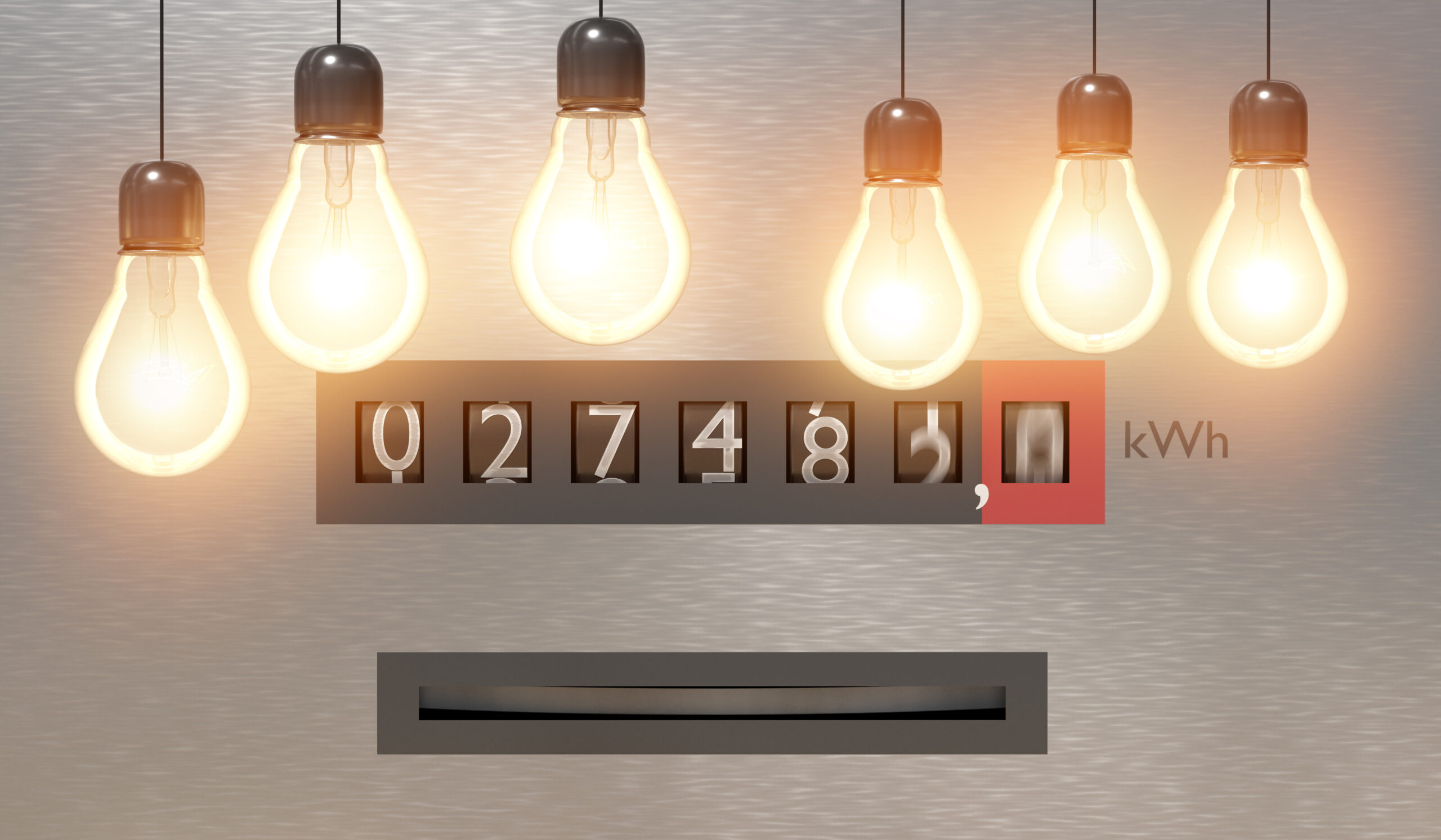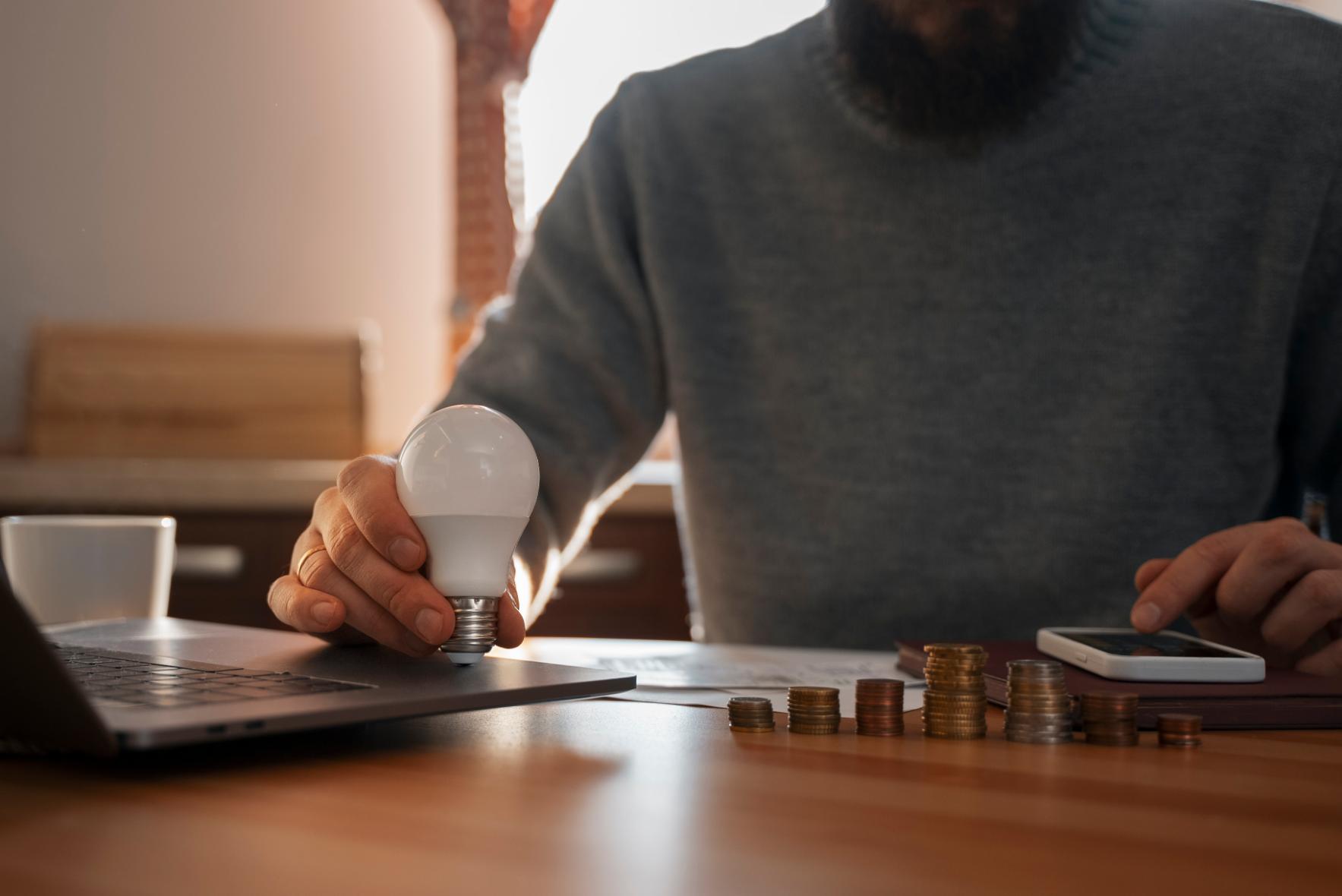Australia is rich in energy generation, producing electricity from a range of coal-fired and renewable power stations. This is great news if you are looking to switch electricity and gas or compare energy plans to find a better or greener deal.
This page will look at where it all begins – the owners of our energy assets – and what it means for you when you connect electricity and gas.
Coal-fired power stations
There are currently 19 active coal-fired power stations in Australia, located in New South Wales, Queensland, Victoria and Western Australia. All but two of these coal plants have been scheduled to close by 2051 as part of Australia’s transition to renewable energy sources.
| Power station | Scheduled closure | Owner | |
| New South Wales | Bayswater | 2033 | AGL |
| Eraring | 2025 | Origin | |
| Liddell | 2023 | AGL | |
| Mt Piper | 2040 | EnergyAustralia | |
| Vales Point B | 2029 | Delta | |
| Queensland | Callide B | 2028 | CS Energy, Intergen |
| Callide C | Not Announced | CS Energy, Intergen | |
| Gladstone | 2035 | Rio Tinto, NRG | |
| Kogan Creek | 2042 | CS Energy | |
| Millmerran | 2051 | Intergen | |
| Stanwell | 2046 | Stanwell | |
| Tarong | 2037 | Stanwell | |
| Tarong North | 2037 | Stanwell | |
| Victoria | Loy Yang A | 2035 | AGL |
| Loy Yang B | 2047 | Chow Tai Fook, Alinta Energy | |
| Yallourn Power Station | 2028 | EnergyAustralia | |
| Western Australia | Collie | 2027 | Synergy |
| Muja | 2022 | Synergy | |
| Bluewaters | Not Announced | Sumitomo Group, Kansai Electric |
We will take a look at the companies that own Australia’s coal-fired power plants below.
- AGL Energy Ltd: this Australian company both generates and sells electricity and gas for residential and commercial use. They are the country’s largest electricity generator, as well as the biggest carbon emitter, with large coal-fired power plants in New South Wales and Victoria.
- Origin Energy: this ASX listed public company is a major electricity generator and retailer, operating the Eraring plant in New South Wales, Australia’s largest coal-fired power station. They were established in 2000 from the demerger of Boral Limited.
- EnergyAustralia: a wholly owned subsidiary of the China Light and Power (CLP) Group, this electricity generator and retailer includes a portfolio of coal plants in New South Wales and Victoria, as well as natural gas, hydro-electric, solar energy, and wind power stations.
- Delta: formed by the New South Wales government in 1996 as part of its reform of the electricity sector, they were then sold to Sunset Power International in November 2015. They currently have a portfolio of thermal coal power sites as well as the large Vales Point B coal-fired power station in New South Wales.
- CS Energy: established in 1997 with its headquarters in Fortitude Valley, Brisbane, they own two Queensland power stations – Callide B and Callide C. In 2021, an explosion in Callide C left over 275,000 premises without power and pushed up QLD power prices for weeks.
- InterGen: this independent energy company owns power plants in Australia and the UK. They are part owners of the Callide Power Station and wholly own the Millerman station, which is also QLD based.
- Rio Tinto: this multinational corporation has its primary business in mining – they are the world’s second largest metals and mining company behind BHP. They co-own the Gladstone Power Station in QLD, as well as multiple mines throughout Australia.
- NRG: this Texan energy company has a 37.5% share in the Gladstone Power Station in QLD. They generate wholesale power as well as an extensive retail arm in North America. Their generation portfolio includes natural gas, coal, oil, nuclear, wind and solar plants.
- Stanwell: owned by the Queensland Government, this electricity generation company owns two of Australia’s newest and most efficient coal-fired power plants, Stanwell in Rockhampton and Tarong North in the South Burnett. They are QLD’s largest energy generator and Australia’s third-biggest emitter of greenhouse gases.
- Chow Tai Fook: this Hong Kong-based, privately owned company has businesses in energy, jewellery, property development, hotels, retail, transportation, and telecommunications. The group was founded in 1929 as a single jewellery store in China. They have part ownership of the Loy Yang B power station in Victoria.
- Alinta Energy: this Australian energy generation and retail company was acquired by the Hong Kong-based Chow Tai Fook corporation in 2017. They own electricity power stations in Western Australia, Victoria, Queensland and New Zealand, as well as natural gas power stations in Queensland, Victoria and Western Australia. They generate up to 1,957 MW of power each year.
- Synergy: owned by the Western Australian Government, this electricity and gas company is the state’s largest generator of power. They also have more than a million retail customers, including industrial, commercial and residential contracts. They were established in 2006 following the break up of the Western Power Corporation.
Sumitomo Group and Kansai Electric: these Japanese business groups co-own the Blueswater power station in Western Australia. This is the only other electricity plant in WA, outside the government-owned stations.
Renewable energy
The Australian government has committed to the Renewable Energy Target (RET) which aims to reduce greenhouse gas emissions by transitioning to renewable energy sources.
There are currently over 400 accredited large-scale renewable energy power stations in Australia, the majority of these are solar-powered, with hydro, biomass, geothermal and wind making up the rest. Around 30% of Australia’s electricity was generated from renewable sources in 2021.
The owners of some of the country’s biggest renewable energy sources are discussed below.
| Company | Type | Details |
| BP Solar | Solar | One of the world’s largest solar power generators, with sites in Australia, the USA, Spain and India. They were established in 1973 and have been leading the way in large-scale solar operations. |
| Hydro Tasmania | Hydro | Owned by the Tasmanian Government, Hydro Tasmania was established in 1914 and is the country’s largest renewable energy generator with 30 hydroelectric stations, one gas power station and a part share in three wind farms. |
| Meridian Energy Australia | Wind
Hydro |
Meridian Energy Australia produces exclusively renewable energy, with generation from four wind farms and four hydro plants. |
| Origin Energy | Wind
Solar Geothermal |
As well as their large-scale coal plants and retail arm, Origin owns several wind farms in South Australia, generates geothermal power through a minority stake in Geodynamics and produces solar cell technology. |
| Pacific Hydro | Wind
Hydro |
Pacific Hydro generates renewable electricity through hydroelectricity and wind power. Their wind farms include Codrington Wind Farm, Challicum Hills Wind Farm and Portland Wind Project and their hydropower comes from Eildon Pondage Power Station, Ord River Hydro Power Station and The Drop Hydro. |
| Snowy Hydro Limited | Hydro | Snowy Hydro runs the Snowy Mountains Scheme, generating around 4500 gigawatt hours of renewable energy annually, equivalent to approximately 37% of all renewable energy in the National Electricity Market. |
What does it mean for my home’s energy?
If you are moving home electricity, the generation assets in your state can affect how much you pay. The closure of power plants, plus incidents such as the explosion in the Callide C plant in Queensland, means you can find the cheap electricity in Victoria or New South Wales, or states with high renewable resources such as South Australia.
Renewable sources offer a more stable supply of electricity, with minimal fluctuations in price, where as coal and gas are susceptible to sharp price hikes when the global and national cost of fuel is volatile.
But don’t worry, wherever you live you can find cheap electricity and gas by comparing plans between the many retailers in the energy market.
Energy retailers buy wholesale power from energy generation companies and sell it on to business and residential customers. Each retailer offers different tariffs, discounts and incentives, based on their purchasing power and operating costs. You can read more about the leading retailers and compare electricity plans here: Energy Retailers in Australia.
Next steps
To compare energy in Victoria, New South Wales, Queensland, South Australia, Tasmania or the ACT, give an expert at CheapBills a call. We will compare electricity plans without the hassle and help you switch electricity and gas to a better deal.
In the same phone call, our comparison service can compare NBN plans and Pay TV Australia packages to save you even more on your utility bills.
Simply enter your details online or call 1300 786 045 to get started.








